What is the tolerance range of precision screws?
What is the tolerance range of precision screws?
Service Hotline
+86760-8787 8587We have more than ten years of experience in screw industry production. The main products are: aluminum gasket, concave head screw, POM gasket, thickened surface wear-resistant, full-tooth screw, fixed positioning pin, round rivet, Q190 screw, ANSIB18. American standard Bolts, steel black T-shaped screws, Saigang POM washers, white-plated screws, aluminum alloy knurled nuts, machine thread hand-tightened ring screws, screw link joints and other fasteners, due to different product materials and specifications, Prices also vary, please contact us if necessary.


In the existing life, repair parts are often used to repair the cassettes with damaged screw holes, and the screw holes on the repair parts are used instead of the original damaged cassette screw holes. However, in the prior art (application number: 201520948368.3), the restoration is fixed by rotating the support of the restoration, which is often inconvenient due to the small space of the cassette. In addition, the set screw in the prior art mainly fastens the object through the end of the screw without threaded holes, which makes it difficult to install external screws. Based on this, a method of extruding the support through a set screw with screw installation holes and tightening the repair piece, and then installing the screw on the set screw, will facilitate the quick installation and use of the repair piece.
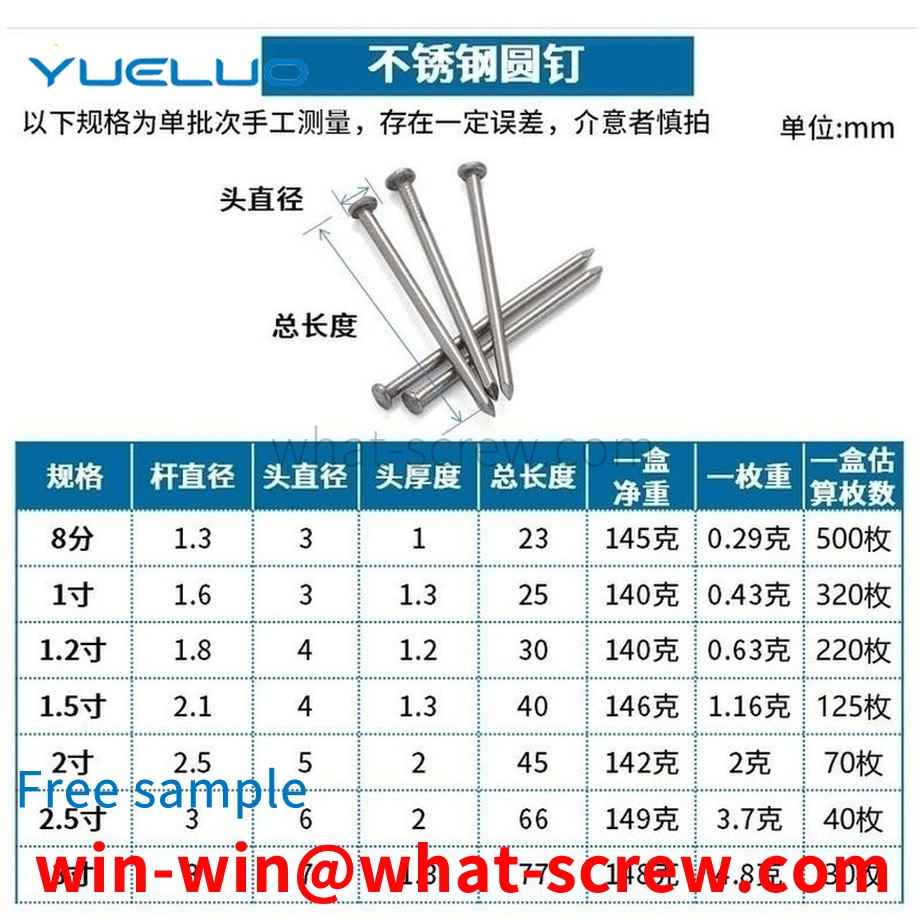
Inspection method There are two types of screw surface inspection, one is the inspection before the screw is produced and not plated, and the other is the inspection after the screw is plated, that is to say, after the screw is hardened and the surface of the screw is treated. . After the screws are produced and before electroplating, we inspect the screws in various aspects such as size and tolerance. See if there are national standards or customer requirements. After the surface treatment of the screws, we will inspect the plated screws, mainly to check the color of the plating and whether there are any broken screws. In this way, when we deliver screw goods to customers, customers can successfully pass the customs when they receive the goods. Inspection of screws after treatment: 1. Appearance quality requirements The inspection of the appearance of screws is carried out from the aspects of appearance, electroplating layer and so on. Second, the inspection of the thickness of the screw coating 1. The measuring tool method uses a micrometer, a vernier caliper, a plug gauge, etc. 2. Magnetic method The magnetic method is used to measure the thickness of the coating layer, which is a non-destructive measurement of the non-magnetic coating layer on the magnetic substrate with a magnetic thickness gauge. 3. Microscopy Microscopy is called metallographic method, which is to magnify the etched fasteners on a metallographic microscope with a micrometer eyepiece to measure the thickness of the coating on the section. 4. Timing flow method The timing flow method uses a solution that can dissolve the coating to flow on the local surface of the coating, and calculates the thickness of the coating according to the time required for the local coating to dissolve. There are also coating drop method, anodic dissolution Coulomb method, etc. 3. Inspection of the adhesion strength of the screw coating There are many methods for evaluating the adhesion between the coating and the base metal, usually the following. 1. Friction polishing test; 2. File method test; 3. Scratch method; 4. Bending test; 5. Thermal shock test; 6. Extrusion method. 4. Inspection of corrosion resistance of screw coatings The corrosion resistance inspection methods of coatings include: atmospheric exposure test; neutral salt spray test (NSS test); acetate salt spray test (ASS test), copper accelerated acetate salt spray test (CASS) test); and corrosion paste corrosion test (CORR test) and solution spot corrosion test; immersion test, inter-dipping corrosion test, etc.
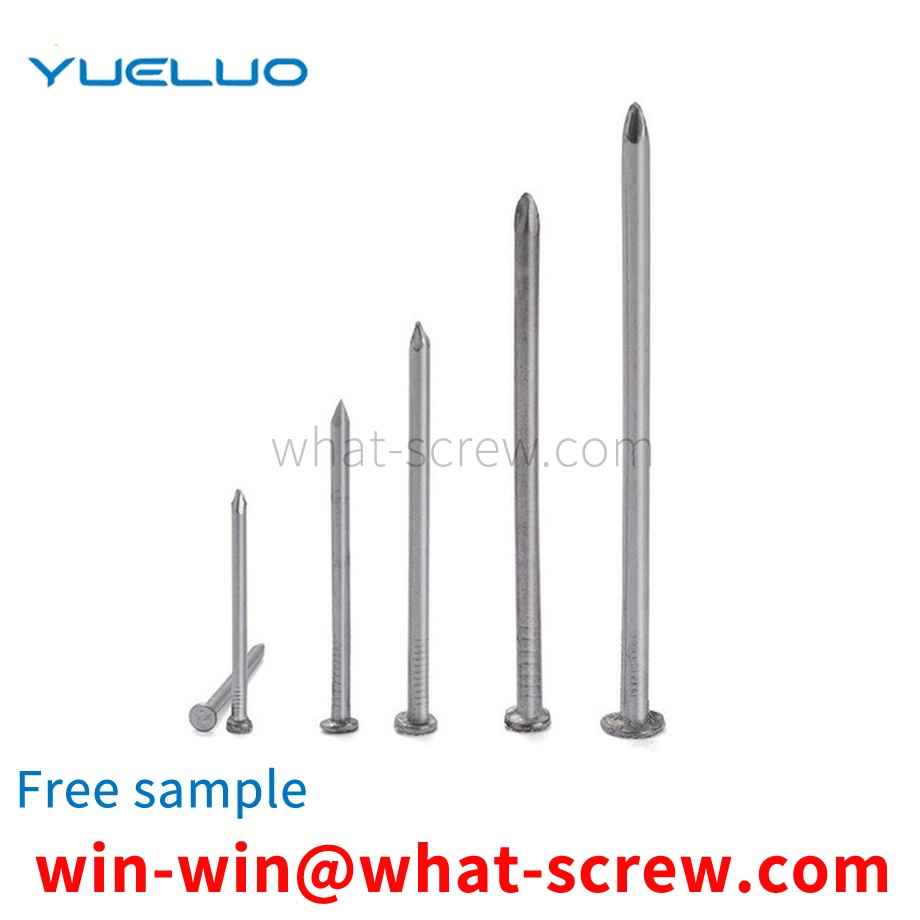
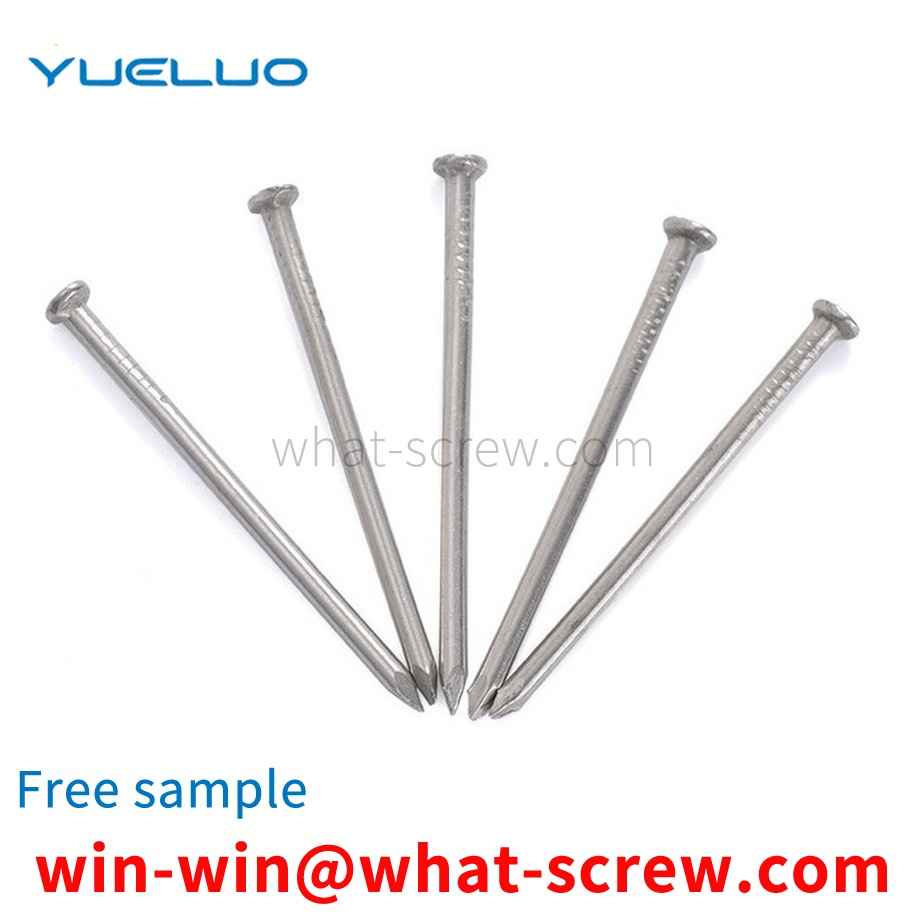
Referring to Figure 1, one end of the existing insert nut 1' is embedded in the injection molded part 2', and the other end is exposed to the injection molded part 2'. The insert nut 1' has opposite lower and upper end surfaces in the axial direction. The end face of one end of the insert injection molded part 2' is the lower end face. In order to reduce the resistance during hot pressing, the connection between the inner wall surface and the lower end surface of the insert nut 1 ′ is provided with an inclined surface. However, when the embedded nut 1' of this structure is hot-pressed, the hot melted glue will generate a shunt that rises along the slope, and then a convex peak is formed in the screw hole of the embedded nut 1', and the convex peak occupies the screw. The space in the hole prevents the screw 5' from being completely screwed in; at the same time, due to the shunting of the hot solder, the knurling of the inner nut 1' near the upper end face cannot be filled with the solder, which makes the inner nut 1' and the inner nut 1' and The injection part 2' is not firmly embedded. Therefore, the locking strength of the existing insert nut 1 ′ and the screw 5 ′ after being hot-pressed is relatively low.
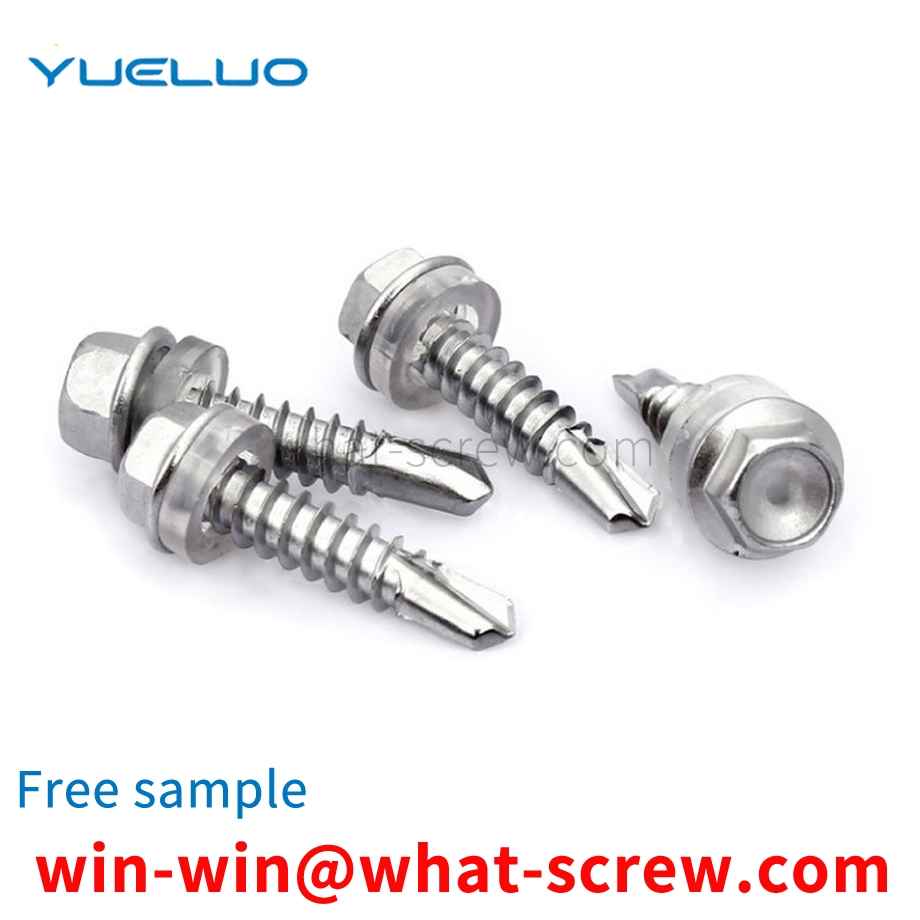
The national standard for the size of the screws in the round head three-combination screw is GB818. The main technical requirements of various types are: iron and stainless steel for material requirements, low, medium and high carbon steel for iron, and stainless steel combination screws The materials are stainless steel 201, stainless steel 304 and stainless steel 316. The thread tolerance is 6G, and the mechanical properties of the iron combination screws are 4.8 and 8.8. The 4.8-level combination screws are ordinary steel, and the maximum allowable hardness is 255HV. The 8.8-level combination screws are generally made of wire rod 10B21. , and then undergo hardening treatment, and then dehydrogenation after hardening treatment. Hydrogen removal is to prevent hydrogen embrittlement of the spring washer in the combination screw. Prevent the spring pad from breaking. The tolerance class of the combination screws is A. The cross groove is H-shaped. The surface treatment of the combination screw has environmental protection and non-environmental protection. Such as, environmental protection blue zinc, environmental protection color zinc, black zinc, color zinc, white nickel and so on. The technical requirement of the combination screw for the spring washer is that the washer should be able to rotate automatically without falling off.
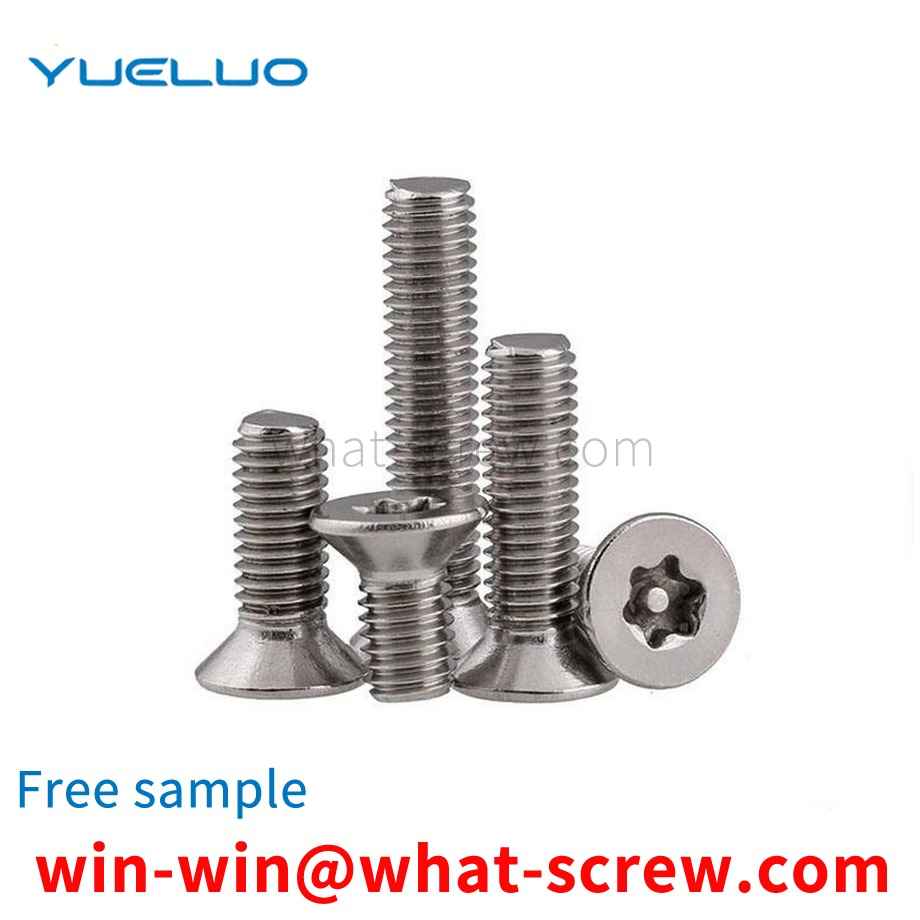
The above content is uploaded by Yueluo or the Internet. If there is any copyright issue, please contact [email protected].

What is the tolerance range of precision screws?

How to choose the right stainless steel screw manufacturer?

Why is there an R angle under the head of the hexagon head s...

We have more than ten years of production experience in the ...

We have more than ten years of experience in the production ...

We have more than ten years of experience in the production ...

We have more than ten years of experience in screw industry ...